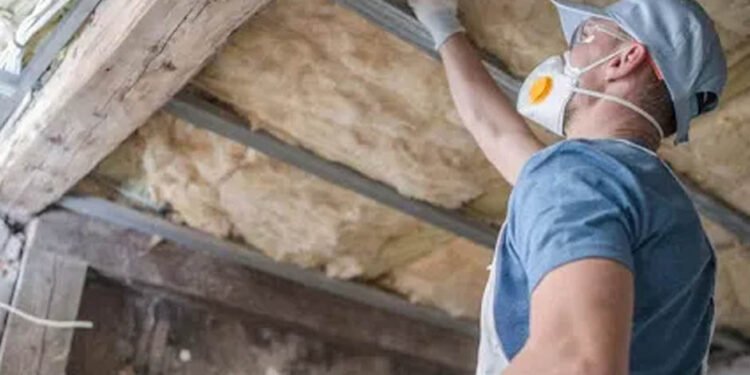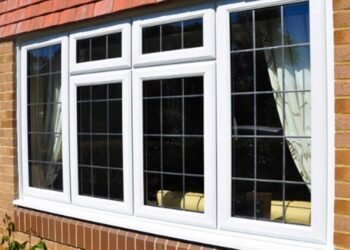Did you know that the global insulation market is projected to hit around $117.07 billion by 2033?
Home insulation is an essential element in reducing energy consumption. It also helps maintain a comfortable indoor temperature. With so many insulation options in the market, choosing the best insulation can be overwhelming.
In this article, we will compare the common types of insulation used in homes. This will help you make an informed decision for your home. Read on to find out more!
Fiberglass Insulation
Fiberglass insulation is one of the most widely used types of insulation in homes. It’s made of tiny glass fibers and comes in both batts and loose-fill form.
Fiberglass insulation is relatively cheap compared to other options. It’s also easy to install, making it a popular choice for DIY projects.
However, fiberglass insulation has a lower R-value compared to other types of insulation. This means it may not provide as much insulation. They require thicker layers to achieve the desired insulation level.
Cellulose Insulation
Cellulose insulation is made from recycled paper products, making it an eco-friendly option. It’s commonly used in attics and walls and can either be blown in or installed as loose-fill.
One of the advantages of cellulose insulation is its ability to fill small gaps and cracks, providing better coverage compared to fiberglass. It also has a higher R-value, meaning it provides better insulation
Spray Foam Insulation
Spray foam insulation is a mixture of polyurethane and other chemicals that expand when sprayed. This creates an airtight seal, providing excellent insulation.
One of the major advantages of spray foam insulation is its ability to fill all nooks and crannies. This makes it perfect for interior wall insulation and hard-to-reach. It also has the highest R-value among insulation types.
If you are considering this option, you might want to check the Tiger Foam spray foam insulation kits.
Polystyrene Insulation
Polystyrene insulation is a type of rigid foam board insulation. It comes in two types: expanded (EPS) and extruded (XPS).
EPS is the cheaper option and has a lower R-value. XPS is more expensive but provides better insulation. Both are commonly used for insulating foundations, walls, and roofs.
Mineral Wool Insulation
Mineral wool insulation is made of natural materials like rock and slag. It’s commonly used in attics, walls, and floors.
One major advantage of mineral wool insulation is its fire-resistant properties. It’s also water-repellent. This makes it the best insulation for attic and damp areas. It also has a high R-value.
Reflective Insulation
Reflective insulation is made of aluminum foil and other materials. It’s commonly used in attics, floors, and walls.
The main purpose of reflective insulation is to reflect heat away rather than absorb it. This makes it a good option for hot climates. However, it may not be as effective in colder climates.
Choosing the Best Insulation
When choosing the best insulation for your home, it’s essential to consider factors like cost, ease of installation, and R-value. Each type of insulation has its advantages and disadvantages.
It’s also crucial to ensure proper installation. This is to maximize the benefits of your chosen insulation type. Make sure to consult a professional to determine the best type of insulation for your home.
Looking for more tips and ideas? We’ve got you covered. Check out some of our other posts now.












